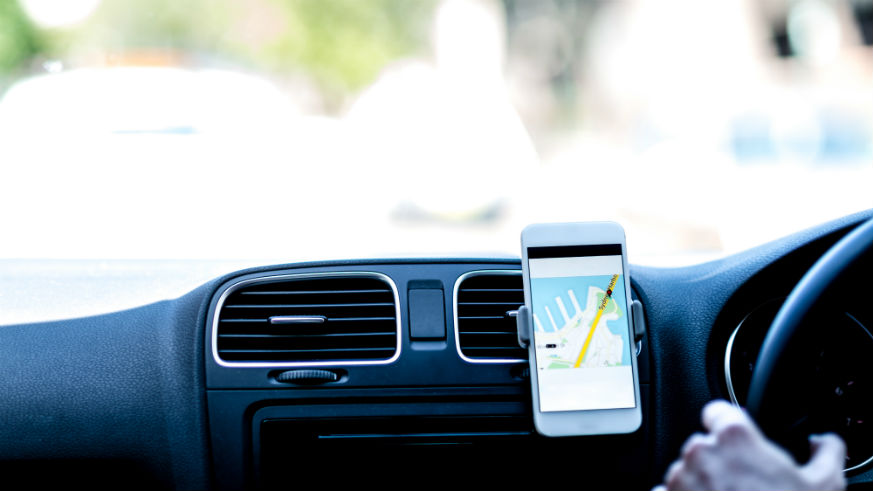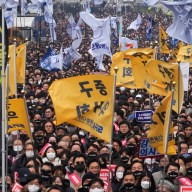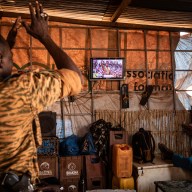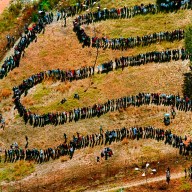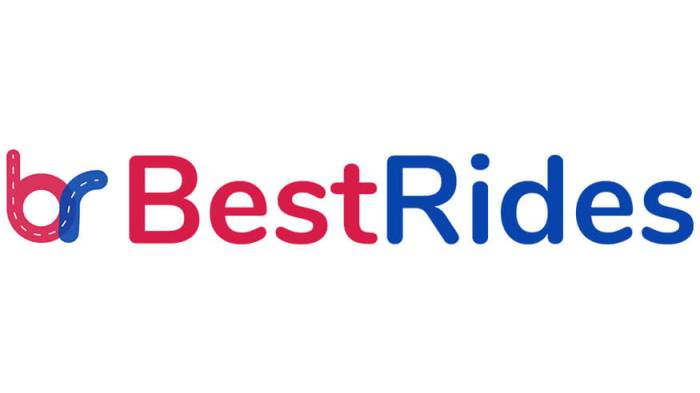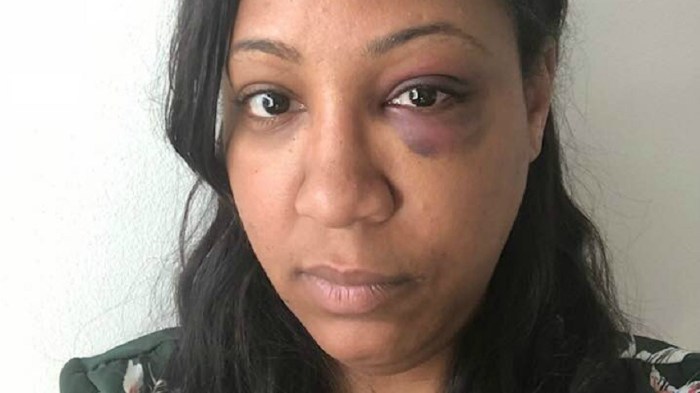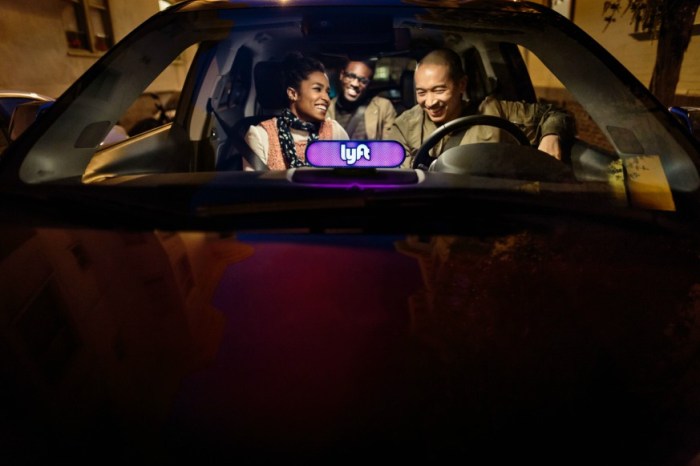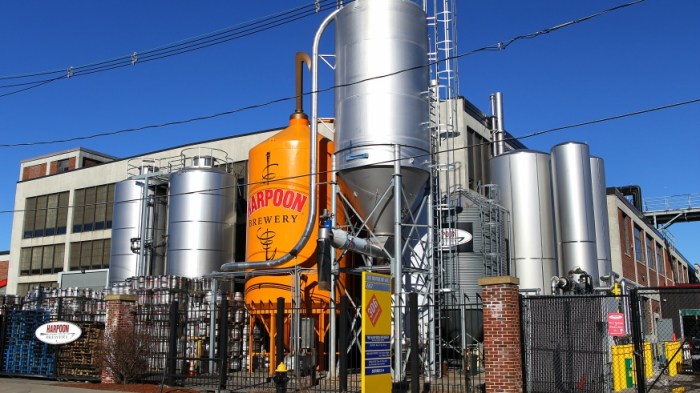Uber and Lyft drivers joined forces Tuesday to protest their working and pay conditions, bringing rush hour traffic to a stop on the FDR Drive.
NBC reported that black cars started to arrive northbound on the FDR at around 8 a.m. with a huge amount of cars lined up behind them. As of 8:45 a.m., the traffic was still heavy.
Some cars did their best to get around the protest, but it is being reported that the rideshare drivers made this very difficult.
The Independent Driver’s guild represents Uber and Lyft drivers said that they were protesting changes done to the app that they believe will result in driver’s being paid less.
In a statement, The Independent Driver’s Guild explained that “Uber is following Lyft’s lead in controlling its supply of cars in response to the Taxi and Limousine Commission’s rules setting a pay floor for drivers based on how much time they spend carrying passengers. Both companies blame the city for forcing them to limit when drivers work.”
The Uber app will now lock drivers out of the app at certain or at certain locations that few riders are requesting. It is being reported that Uber was forced to make this change after drivers were shut out of Lyft’s app.
Uber spokesperson Harry Hartfield told Metro that, “We have said for months that the unintended consequences of regulations will be less driver flexibility, and the changes to the app are a direct result of the Mayor’s regulations.”
Campbell Matthews, a Lyft spokeswoman, echoed Hartfield and told Metro that “Because of the TLC regulations, we’re forced to make changes to the Lyft app to not allow drivers to be online if there isn’t enough demand for rides. The TLC’s approach is bad public policy, and we are working diligently to support drivers during this change.”
Lyft said that earlier this year, the TLC introduced rules based on utilization rate. While Lyft strongly disagrees with this rule, the company is being forced to comply and are taking action to ensure drivers have passengers in the car more often through supply controls.
Currently, the number of drivers who can be on the platform at any given time is being determined by passenger demand. This means if there’s low demand, drivers may have to drive to busier areas or wait to go online and drive once demand picks back up. In some cases, they will not be able to drive with Lyft at all until demand increases.

